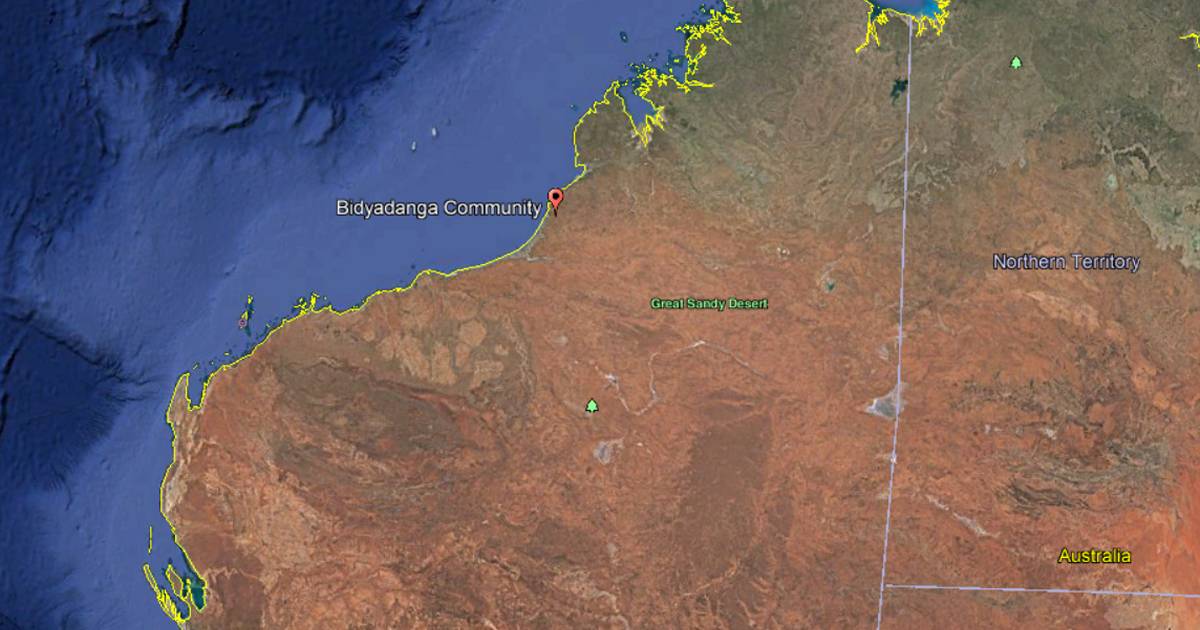
Image: Google Earth
160kW of solar capacity has been installed on the rooftops of several community buildings in the remote community of Bidyadanga.
Bidyadanga Aboriginal Community is situated on Western Australia’s Kimberley Coast, around 1,590 kilometres from Perth and 180 kilometres from Broome. It’s the largest remote Aboriginal community in WA, with a population of approximately 750 residents.
Electricity supply for the community has been through diesel generators that are polluting and expensive to run. With plentiful sunshine resources, the use of solar panels is a slam-dunk.
Installation of solar power systems on the community’s administration building, general store, community service centre and local workshop were finalised a week or so ago.
“The Bidyadanga community is 100 per cent diesel fuelled so the installation of the solar will also reduce Horizon Power’s costs of providing electricity to the remote community, and that means the taxpayer subsidy that goes into regional electricity is also reduced,” says Horizon Power.
The systems were installed under Horizon’s Solar Incentives Scheme, which is available to remote community Aboriginal Corporation customers – Bidyadanga, Beagle Bay, Ardyaloon, Warmun, Kalumburu and Looma. Under the scheme, Horizon Power is funding up to 30 percent of capital costs, capped at $100,000.
More Solar (Plus Storage) For The Kimberley
Also in the pipeline for the Kimberley region is a Horizon Power project involving construction of solar farms and energy storage for the six remote Aboriginal communities. Construction is scheduled for Warmun and Kalumburu this year and in Ardyaloon, Beagle Bay, Djarindjin, Lombadina and Bidyadanga during 2021. Total capacity of the solar farms is unclear, but Horizon says it will run into “hundreds of kilowatts”.
Horizon Power is the Western Australian Government’s regional and remote electricity provider and covers a service area of 2.3 million square kilometres. Among its infrastructure are 32 microgrids supplying some of the most isolated and remote communities in the world.
Horizon is increasingly turning to solar energy for use in microgrids – its largest and most ambitious project to date is in Onslow, which has a population of around 848.
On a somewhat related note, solar + battery storage for fringe-of-grid communities has been gaining more attention as a result of the bushfire crisis. Electricity transmission and distribution network providers across the country are debating whether they should continue delivering electricity to bushfire-prone areas via traditional poles and wires, or more broadly adopting solar and batteries along with back-up generation.

 RSS - Posts
RSS - Posts



Speak Your Mind